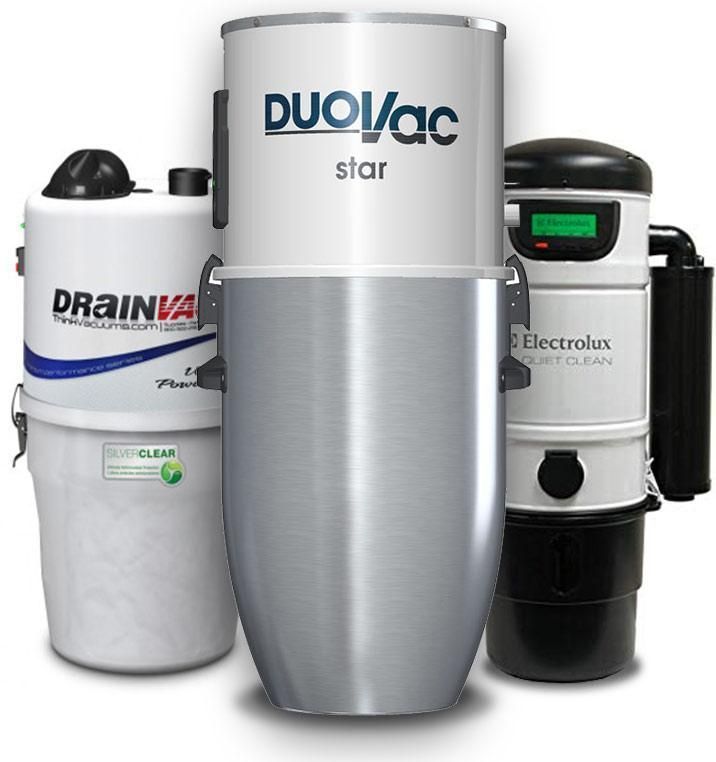Three Common Things That Can Destroy Your Vacuum Cleaner
Protecting Your Vacuum Cleaner: Avoiding Common Pitfalls
 A Guide to Preventing Damage
A Guide to Preventing Damage
Investing in a high-quality central vacuum system is a smart decision for maintaining a clean and healthy home. A reliable vacuum can effectively remove dust, allergens, and dirt, contributing to better indoor air quality and overall well-being. However, ensuring the longevity and optimal performance of your vacuum involves more than just choosing the right model; it also requires proper care and awareness of what can inadvertently damage your machine.
Here, we explore three common issues that can severely impact the performance and durability of your vacuum cleaner, along with practical tips on how to avoid them. Regular maintenance, such as cleaning or replacing filters, checking for clogs, and inspecting the brush roll for tangles, can go a long way in preserving your machine's functionality. Understanding these aspects can help you get the most out of your investment, saving you time and money in the long run.
1. Avoid Sucking Up Large Items
Modern central vacuum power units boast powerful motors capable of moving air at impressive speeds, which significantly enhances their cleaning efficiency. However, this power can become a liability if large items inadvertently get sucked into the vacuum system.
Common culprits include small clothing items like handkerchiefs, socks, or even silk scarves. While these items might be picked up by the vacuum head, they often get trapped in the pipes, leading to clogs that require professional attention.
Prevention Tips:
- Before vacuuming, take a moment to survey the room and remove any small garments or objects that might obstruct the vacuum’s path.
- Consider using vacuum attachments designed for specific tasks, such as cleaning tight spaces or delicate surfaces, to reduce the risk of picking up unwanted items.
2. Never Vacuum Liquids or Moisture-Impacted Surfaces
While some vacuums are specifically designed for wet and dry use, most standard vacuums are not equipped to handle liquids. Attempting to vacuum up spills or damp surfaces can lead to severe motor damage and potentially ruin the entire unit. The same caution applies to wet carpets or upholstery, where residual moisture can cause similar problems.
Prevention Tips:
- Reserve the use of your vacuum for dry surfaces unless you own a wet/dry model. Always check the manufacturer’s guidelines before attempting to vacuum any liquids.
- Use towels or a mop to absorb visible spills before vacuuming the area.
3. Ensure Correct Installation of Central Vacuum Systems
A central vacuum system is a convenient solution for effortless cleaning, but incorrect installation can lead to inefficiencies and potential damage. Systems that are too small for the size of your home can become overworked, causing overheating and motor failure. Additionally, improper installation can result in inconsistent suction power throughout your home.
Prevention Tips:
- Choose a vacuum system that matches the size and layout of your home. Consult with experts or refer to the best central vacuum reviews to make an informed decision.
- If you’re not confident in your DIY skills, hire a professional to install the central vacuum system, ensuring that all pipes and connectors are fitted according to specifications.
Maintain Your Vacuum with Care
Protecting your investment in a vacuum cleaner involves being aware of potential hazards and taking preventive measures to avoid them. By following these practical tips, you can ensure your vacuum system remains efficient and durable for years to come.
For those in search of the perfect vacuum system, Think Vacuums offers a comprehensive range of reliable products, along with expert advice to help you make the best choice for your home. Explore our selection today and enjoy the peace of mind that comes with owning a well-maintained vacuum cleaner.



Log In
Create New Account